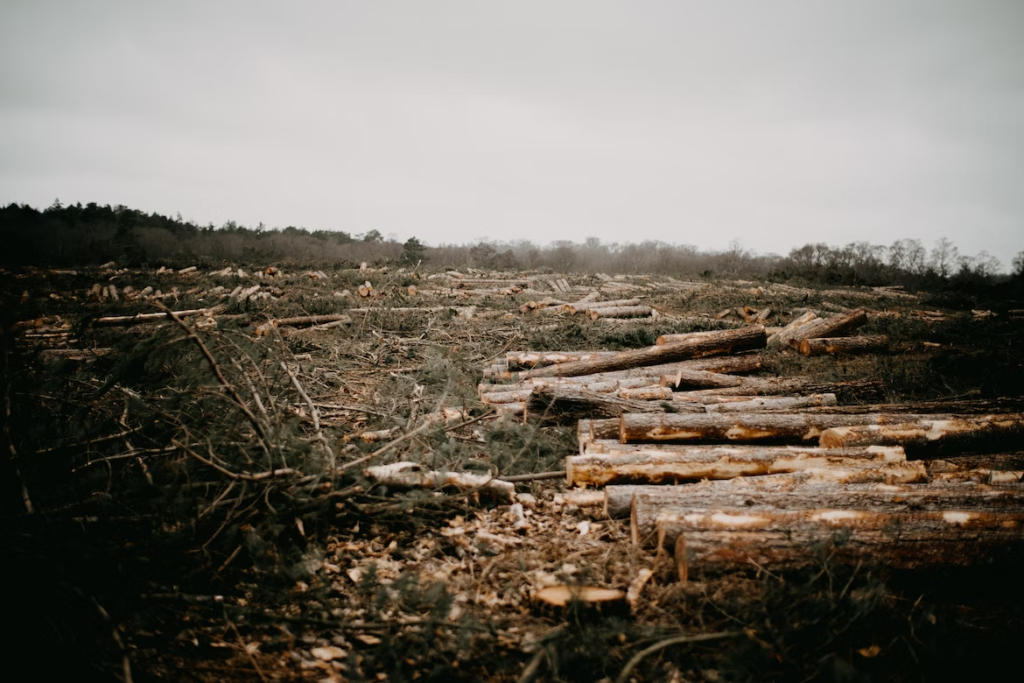Why Forest Management is Crucial to Sustainable Ecological Preservation and Wildfire Mitigation
Forests support life on Earth, providing essential ecosystem services such as carbon sequestration, water regulation, and biodiversity conservation. Forests also contribute to our economy, providing timber, non-timber forest products, and recreational opportunities. However, with the increasing frequency and severity of wildfires and the continued loss of forest habitat, it’s clear that we need to prioritize forest management to ensure sustainable ecological preservation and wildfire mitigation.
The Importance of Forest Management for Ecological Preservation
Forests are home to many plant and animal species, many of which are threatened by deforestation and forest degradation. Forest management can help preserve biodiversity and ecosystem health by reducing habitat fragmentation and increasing forest resilience. Sustainable forest management practices such as selective harvesting, reforestation, and ecosystem restoration can help maintain or improve forest ecosystem health, while reducing the negative impacts of logging or other human activities.
Forests also provide essential ecosystem services that benefit humans, including carbon sequestration, water regulation, and air purification. Forests can act as carbon sinks, helping to mitigate climate change by storing carbon in trees and soil. Forest management practices such as reduced-impact logging or selective harvesting can help maintain these services by minimizing the negative impacts of human activities.
The Importance of Forest Management for Wildfire Mitigation
In addition to supporting ecosystem health and biodiversity, forests also play a crucial role in wildfire prevention and control. Forests can act as natural firebreaks, slowing the spread of wildfires and reducing the risk of catastrophic fire events. However, with climate change and forest mismanagement increasing the frequency and severity of wildfires, it’s clear that we need to prioritize forest management practices that mitigate the risk of wildfire.
Forest management practices such as prescribed burns, fuel reduction, and the creation of fire breaks can help mitigate the risk of catastrophic wildfires. These practices are beneficial for the trees and forest-dwelling wildlife. Prescribed burns can help reduce the amount of fuel available for fires and improve forest health by reducing the risk of insect and disease outbreaks. Fuel reduction can involve removing dead and dying trees, thinning dense stands, or creating fire-resistant landscapes. Creating fire breaks, such as clearing vegetation or building barriers, can help prevent wildfires from spreading into populated areas.
Best Practices for Forest Management
Sustainable forest management is the key to balancing ecological preservation and wildfire mitigation with economic development. Sustainable forest management involves balancing the needs of the environment, society, and the economy to ensure that forest resources are used to meet the needs of current and future generations.
Some of the best practices for sustainable forest management include:
- Selective harvesting: This involves removing only a portion of the trees in a given area, while leaving the remaining trees to continue providing ecosystem services.
- Reforestation: This involves planting trees in areas that have been degraded or deforested, helping to restore forest cover and support ecosystem health.
- Ecosystem restoration: This involves restoring degraded or damaged ecosystems to their original state, supporting biodiversity and ecosystem health.
- Collaborative approaches: Collaborative approaches to forest management involve working with local communities, indigenous peoples, and other stakeholders to ensure that forest management decisions are based on shared values and goals.
- Innovation and technology: The use of innovative technology, such as remote sensing and satellite imagery, can help monitor and manage forests more effectively.
Challenges and Solutions for Forest Management
Despite the importance of sustainable forest management, many challenges must be addressed to ensure its success. One of the biggest challenges is limited resources, funding, and personnel. Another challenge is conflicting interests, as different stakeholders may have different priorities for forest management.
Increased funding and attention must be given to sustainable forest management practices to overcome these challenges. Collaborative approaches that involve local communities, indigenous peoples, and other stakeholders can also help ensure that forest management decisions are based on shared values and goals
Additionally, innovative technology such as remote sensing and satellite imagery can help monitor and manage forests more effectively, reducing costs and improving data accuracy.
Another solution to address sustainable forest management challenges is incentivizing using sustainable forest products. By creating a market demand for sustainable forest products, forest owners and managers will be more likely to adopt sustainable forest management practices to meet this demand.
Finally, addressing the root causes of deforestation and forest degradation is essential, including illegal logging, agriculture expansion, and infrastructure development. Policies and regulations discouraging these activities can help protect forests and support sustainable forest management practices.

Sustainable forest management is crucial for preserving the health of our ecosystems and mitigating the risks of catastrophic wildfires. Using best practices such as selective harvesting, reforestation, and ecosystem restoration, we can ensure that forests continue providing essential ecosystem services while supporting economic development. Addressing the challenges of sustainable forest management, such as limited resources and conflicting interests, requires increased investment and attention to these practices. By collaborating with local communities and indigenous peoples, using innovative technology, and creating a market demand for sustainable forest products, we can ensure that our forests are managed in a way that supports ecological preservation and wildfire mitigation for future generations.





